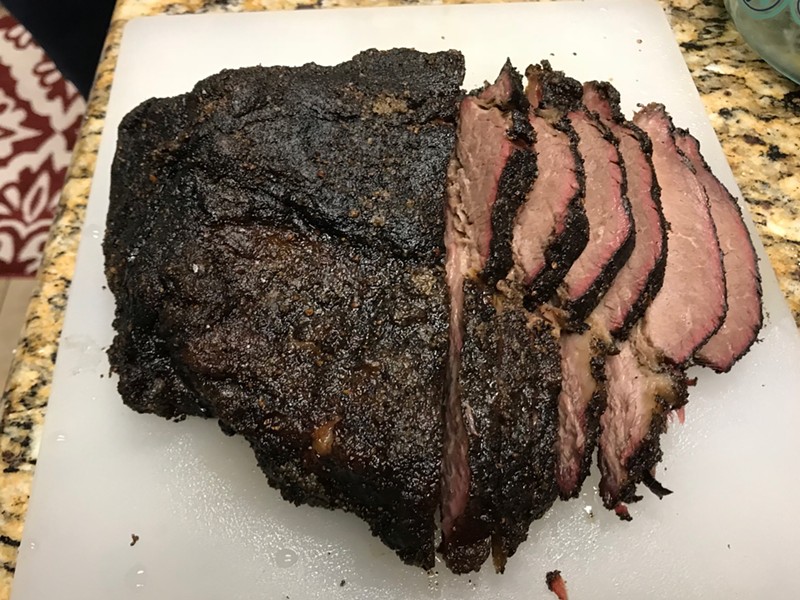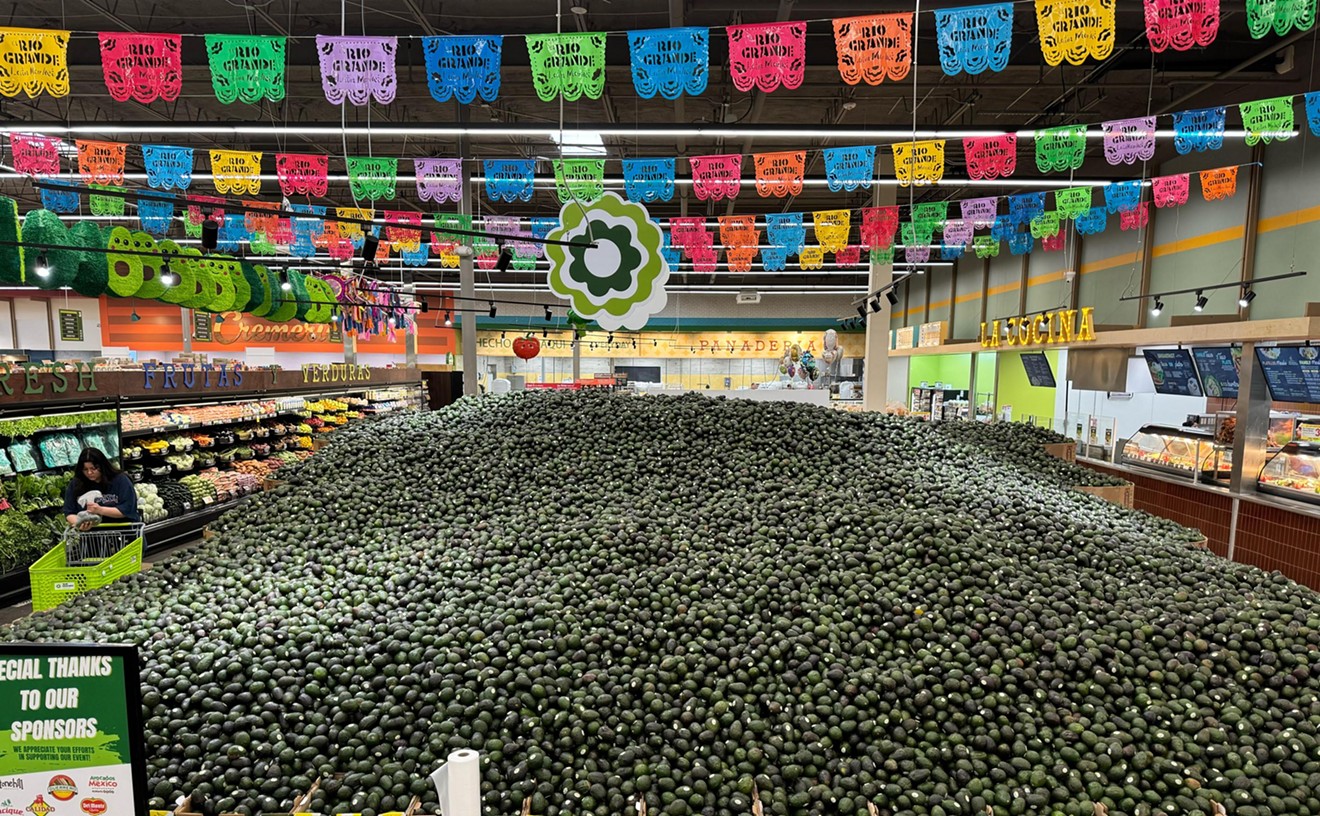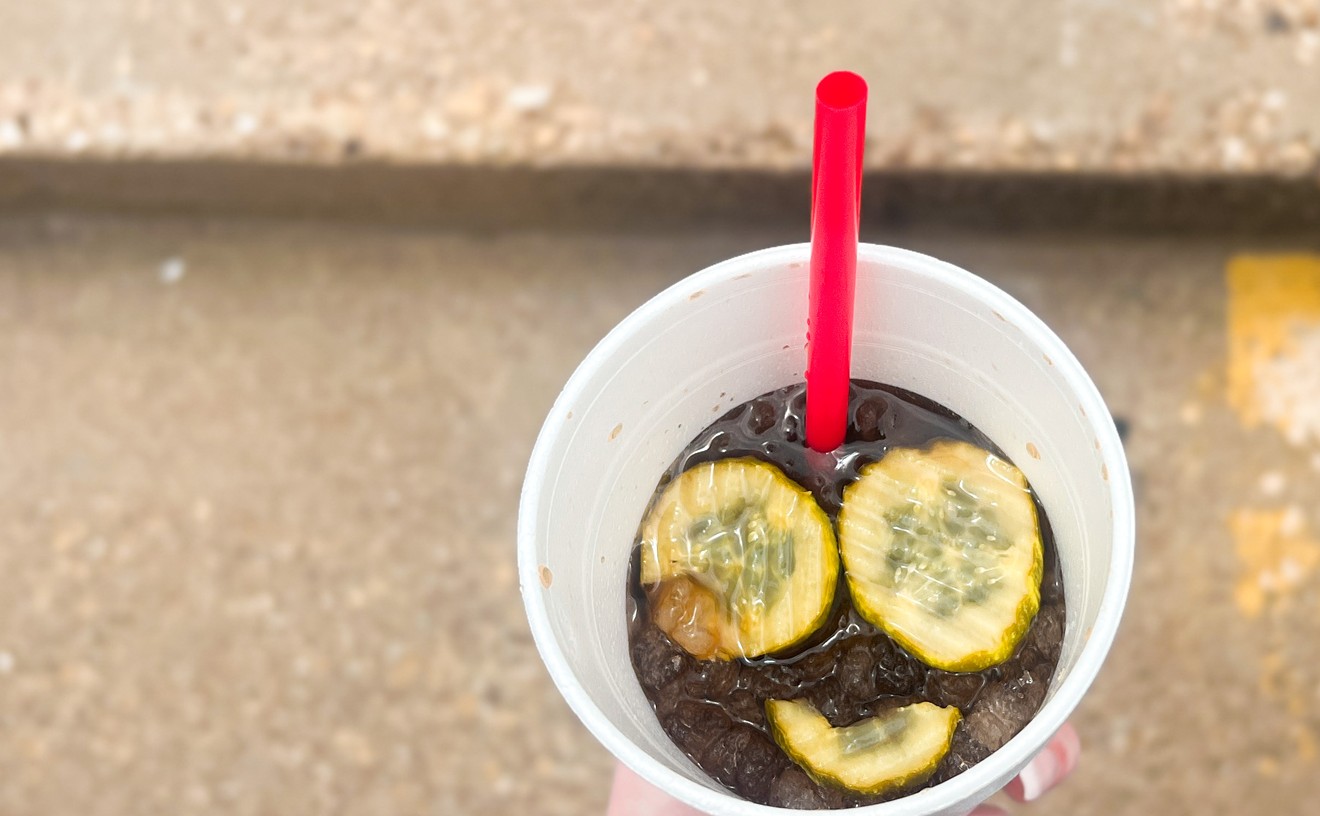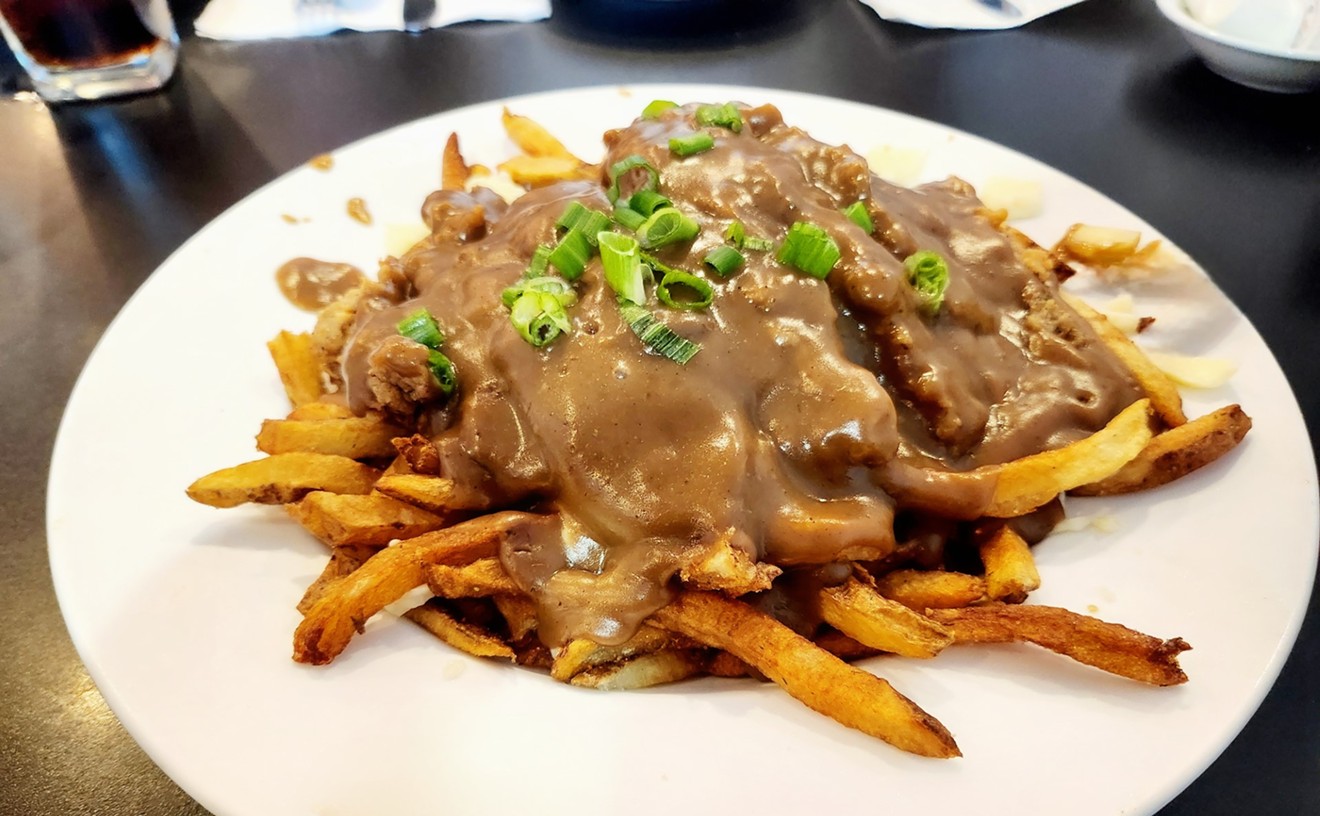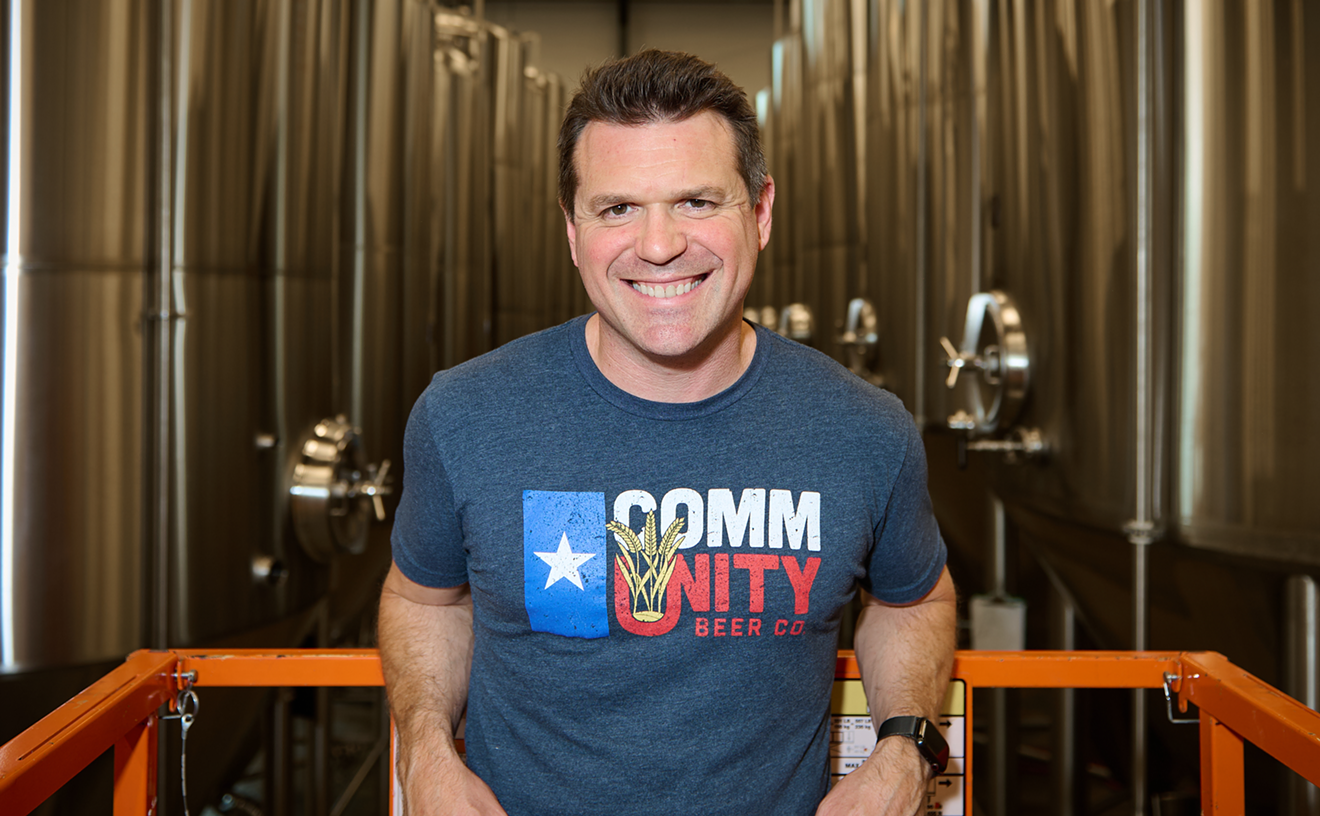But just because man has been cooking with fire for over 400,000 years doesn’t mean that we’re genetically predisposed to grilling a steak as good as the best steakhouses or smoking a brisket that doesn’t come out as tough as a leather boot. You may look cool as hell with your teak-handled tongs, lording over the sizzling grates of your mammoth eight-burner stainless steel grill, but it’s all for naught if your food is bad.
Perhaps you’re hoping to be the Bobby Flay of your backyard or the Aaron Franklin of family gatherings. Or maybe you just want to throw a cookout your friends hope they get invited to, instead of the ones they look for an excuse to skip. Either way, we’re here to save you from a summer of embarrassing barbecues with some outside-the-firebox thinking. Instead of buying a shiny new grill or smoker this season, you should get a sous vide.
“I have been using sous vide for four or five years now,” says Eric Freidline, executive chef of Sevy’s Grill in Dallas. “I was initially attracted to sous vide because of my love for technology and new cooking techniques, and I wanted to up my culinary game."Instead of buying a shiny new grill or smoker this season, you should get a sous vide.
tweet this
For many years, sous vide cooking was strictly the domain of restaurants like Sevy’s, because the equipment was too expensive for the home chef. But recently, several sous vide and immersion cooking devices have found their way to the consumer market for not much more than the cost of any other small kitchen appliance.
“Now it's so common, my retired parents have a sous vide,” Freidline says.
The premise of sous vide is simple: By cooking your food in a water bath at an exact temperature, the risk of over- or undercooking is removed.
“It’s exact temperature cooking science, and it takes the risk of overcooking out of the picture,” Freidline explains. “It also lets you be 'hands free' in a sense, to know that you can walk away for long periods of time, and your protein or vegetables will be exactly as you left them.”

Sevy's executive chef Eric Freidline has been using sous vide for years to create dishes like this seared duck breast.
Eric Freidline
There are some flavors that you can only get with a hot pan that will be missing from sous vide. That’s why chefs like Freidline usually brown and sear their foods either before or after sous vide cooking.
Finally, sous vide (which is French for “under vacuum”) requires that your food be sealed in plastic, and ideally, with no air in the bag. It’s possible to use a resealable zipper-bag and the water bath to get most of the air out, but many sous vide users will spring for a vacuum sealer as well.
“The vacuum machines and their bags can get pretty expensive, and it’s lots of plastic waste,” Freidline says.
Cons aside, we were left to wonder if sous vide cooking really makes grilling better, so we bought a sous vide to find out. After trying out the method ourselves, we can happily report that our cooking game is much stronger.
For our first attempt, we started small: a pair of grass-fed rib-eyes we got from the meat counter at our local supermarket. With a griddle or grill, cooking steaks to order perfectly every time borders on black magic, while using a sous vide takes away the guesswork. We seasoned the steaks with a little salt, pepper and a sprig of rosemary and sealed them in plastic. Then we set the water bath temperature of our sous vide to 131 degrees Fahrenheit, which would cook our steaks just a shade above medium-rare.
We submerged the steaks and walked away for a little more than an hour. We used that time to make some side dishes and clean up the kitchen, but mostly we kept staring at the pot of warm water, waiting for something to go wrong. Nothing did.
To finish the steaks, you could light up your grill and get it as hot as possible, but we stayed inside and heated up a cast iron skillet instead; the effect is the same either way. A quick sear — we did about 15-20 seconds on each side and edge — gave us possibly the best steaks we’ve ever eaten at home.
The beauty of sous vide steak is flexibility. If you had a bunch of friends coming over for a cookout, you could drop your steaks in the sous vide a few hours ahead of time. When dinner time approaches, fire up the grill, put the steaks on for just a few minutes, and be ready to eat hot off the grill.
Emboldened by our steak success, we took aim at the holy grail of Texas beef: a brisket. No other cut of meat better epitomizes Texas barbecue, and no other cut of meat can so baffle or shame a backyard cook, especially a first-timer. Having eaten vast amounts of brisket from joints across Dallas, the Observer's previous barbecue scribe Gavin Cleaver was drawn into the allure of smoking his own brisket at home. So he bought a smoker and a whole brisket, invited a bunch of friends over and admittedly failed miserably at the task.
The problem with smoking a brisket via the traditional method is all the ways things can go wrong. Brisket is a tough cut of meat and needs to be cooked low and slow for the most tender finished product. Each cut of meat behaves differently, and a brisket that smokes perfectly and is finished in 12 hours one day might take 16 hours the next. And for most smokers, that 12 to 16 hours is spent manning the fire, lest your cooker get too hot, too cold or put off too much or too little smoke. Sure, tending the fire is part of the mystique of Texas barbecue (and a great excuse to drink a lot of beers in the process). But it takes tons of practice to be able to do it right every time, which is why Pecan Lodge has a regular line and your backyard doesn't. A sous vide promises to make the process mostly hands-off and foolproof.
Before we go on, we can already imagine your Facebook comments and angry Tweets: “That’s not real barbecue!” You’re absolutely right. We’re not using hot, smoky air to cook our brisket and infuse that smoky flavor. And you know what? After eating sous vide brisket that we finished on our small pellet smoker, we don’t care. The roots of barbecue started with a hole dug in the ground, filled with hot coals and meat set on top. Unless you’ve excavated your backyard to do the same, then you’re riding the same changes to barbecue as the rest of us. Just consider us ahead of the curve.
Armed with more salt and pepper for a rub, we trimmed a whole prime brisket from Costco, then separated the point from the flat, for two reasons. One, the point is the best part of the brisket, where delicious moist brisket comes from. Two, we still ended up with a 5-pound hunk of point and weren’t sure we could vacuum seal (or immerse) anything much bigger. Plus, we had the flat as a fallback in case we screwed it up, but we needn’t have worried.
Rubbed and sealed, we put the brisket point into our sous vide bath at 155 degrees F for 24 hours. Other than occasionally checking that our pot still had plenty of water, we left the sous vide to do its thing. The next day, we pulled the bag out, drained off the liquid in the bag to save for a homemade barbecue sauce, and put the brisket in the refrigerator. At this point, your brisket is fully cooked, and you could refrigerate or freeze the chunk of beef until you’re ready to finish cooking. For us, we finished the next day by firing up our pellet smoker, rubbing a little more salt and pepper on it and tossing it on the smoker for two or three hours to build a smoky bark.

It looks like your favorite barbecue restaurant, yeah? But we made this brisket at home with a sous vide and a pellet smoker.
Chris Wolfgang
We’re not packing up our reviewer’s pen and opening a restaurant any time soon, and we're not shelving regular visits to our favorite barbecue outposts, either. But we are looking forward to more cooking experiments with our sous vide. The internet is chock-full of tips and tricks for us to try, and Freidline agrees that a sous vide is a great tool for the home chef to add to his or her arsenal.
“Home sous vide is fun and will produce great results, because you are not doing large production," he says. “You just haven’t had a more perfectly cooked pork tenderloin in your life until you have one perfectly sous vide.”
Admittedly, a sous vide may not have the appeal of a shiny new grill or smoker in your backyard. We humans are drawn to fire and heat, and standing around hot coals has more appeal than standing around a bucket of simmering water. Purists will be understandably skeptical. But now that we’ve seen how a sous vide can kick our grilling game up a notch, we’re ready for summer to arrive and show off our skills to our friends.

